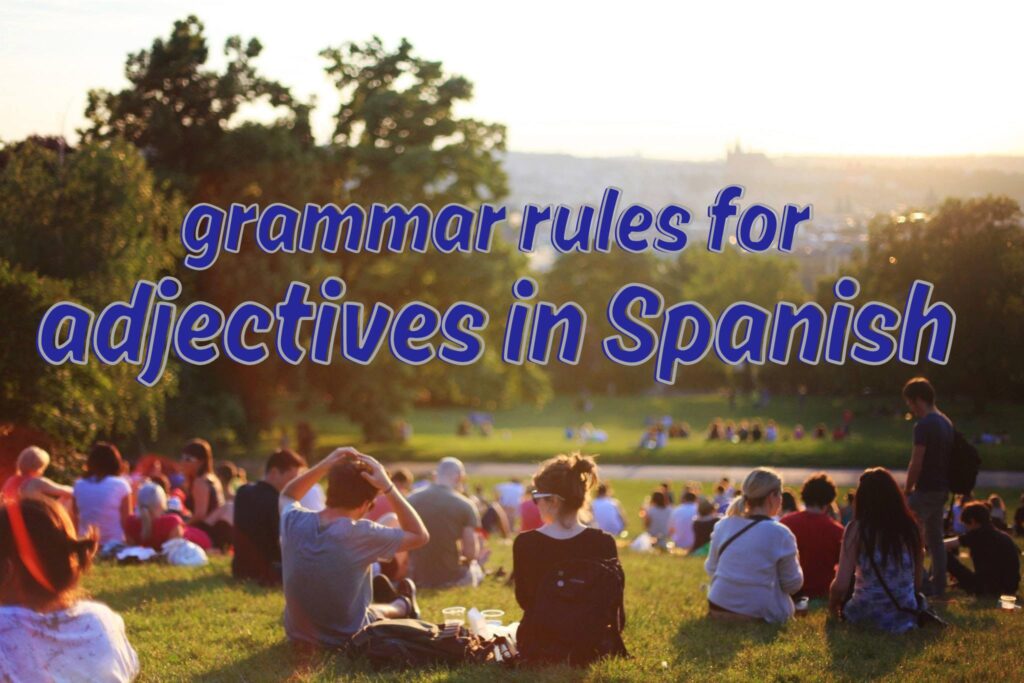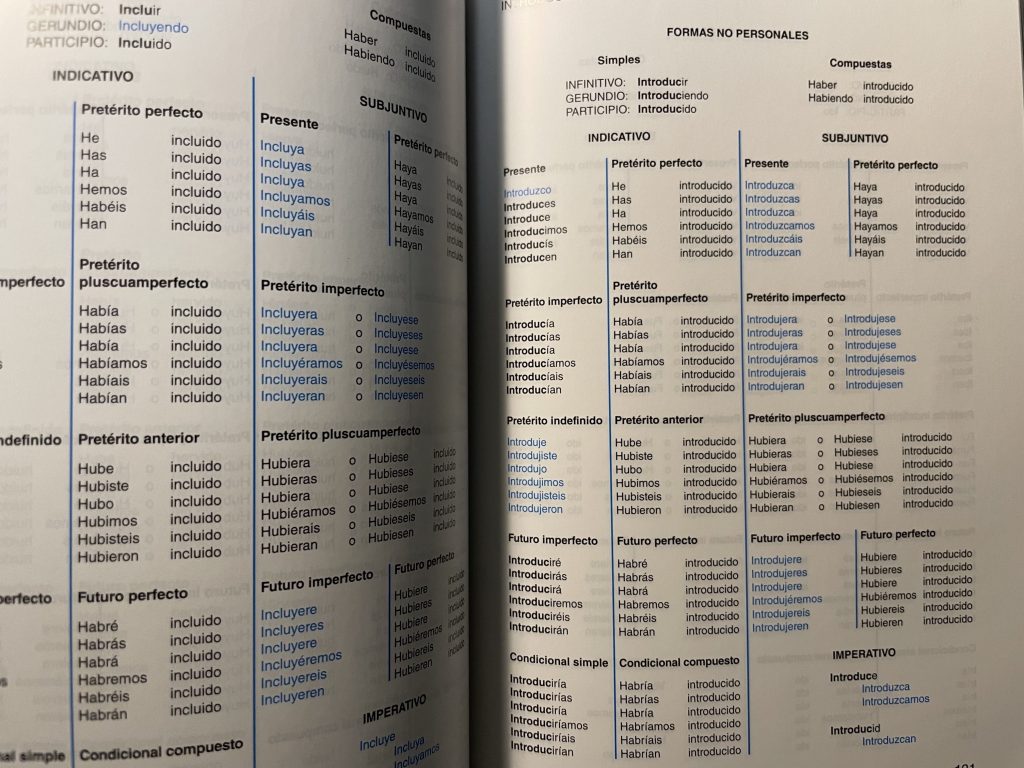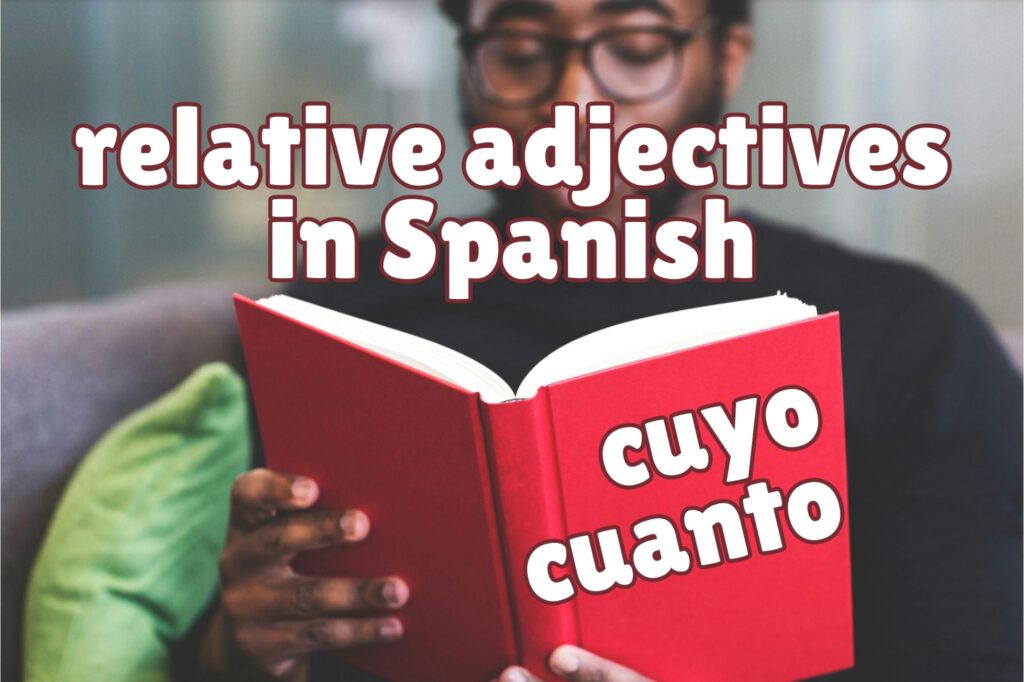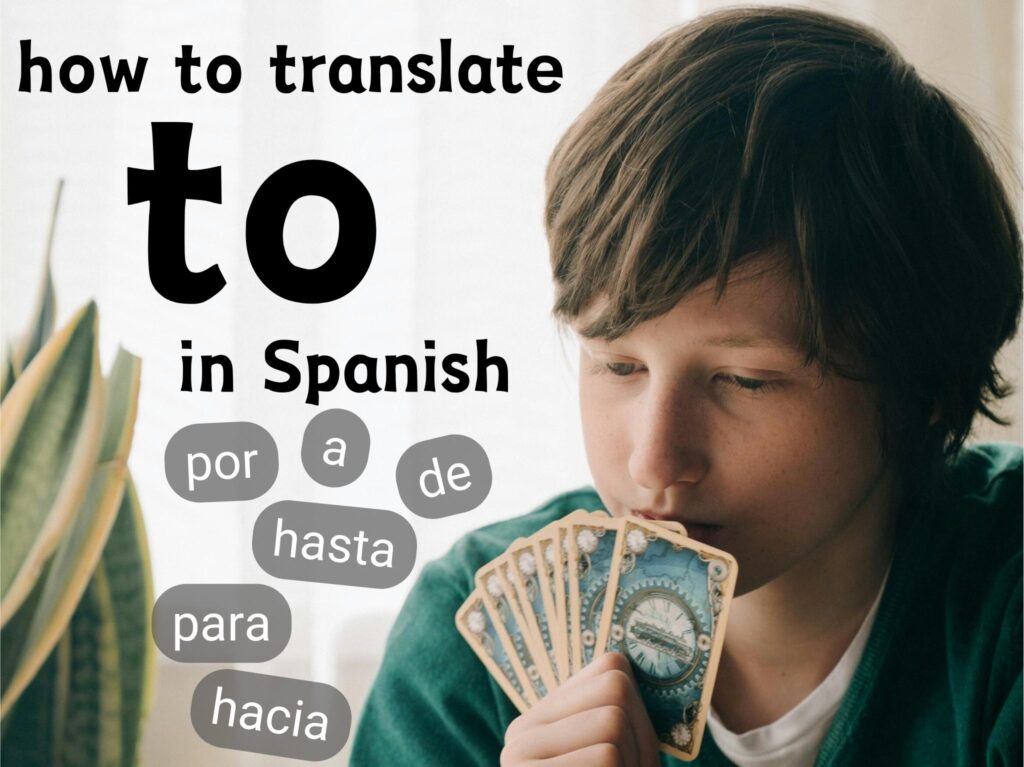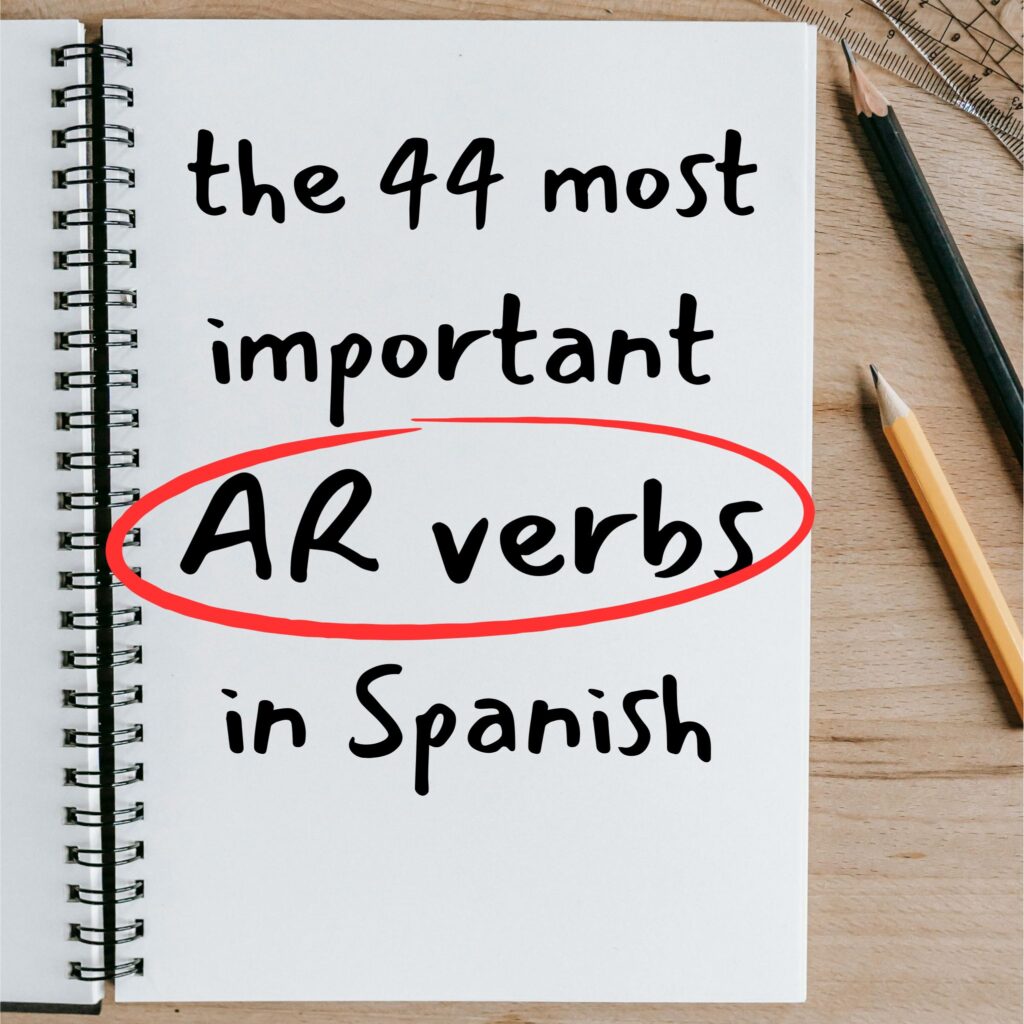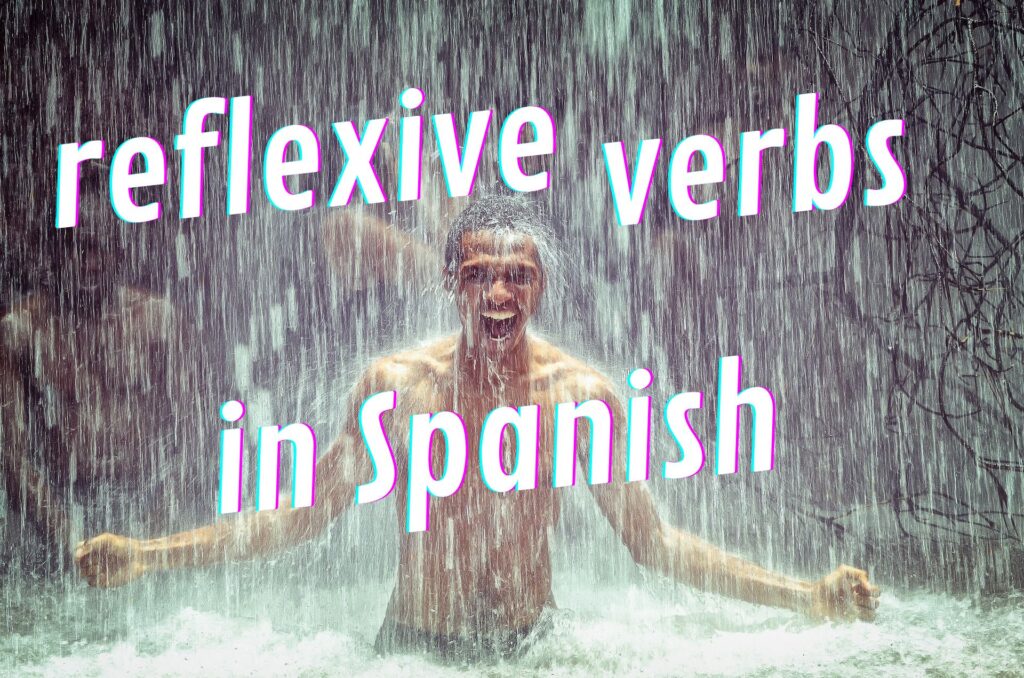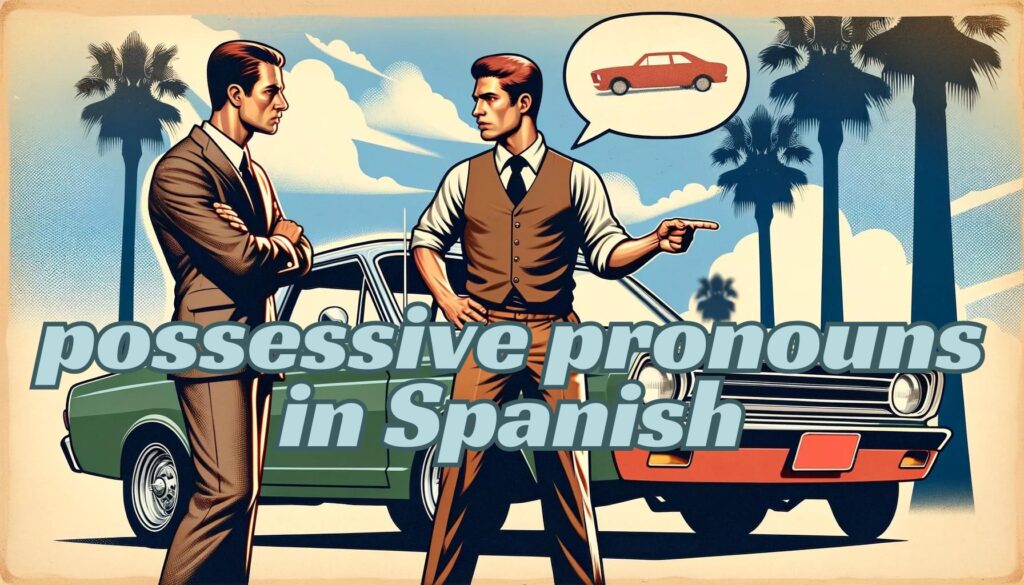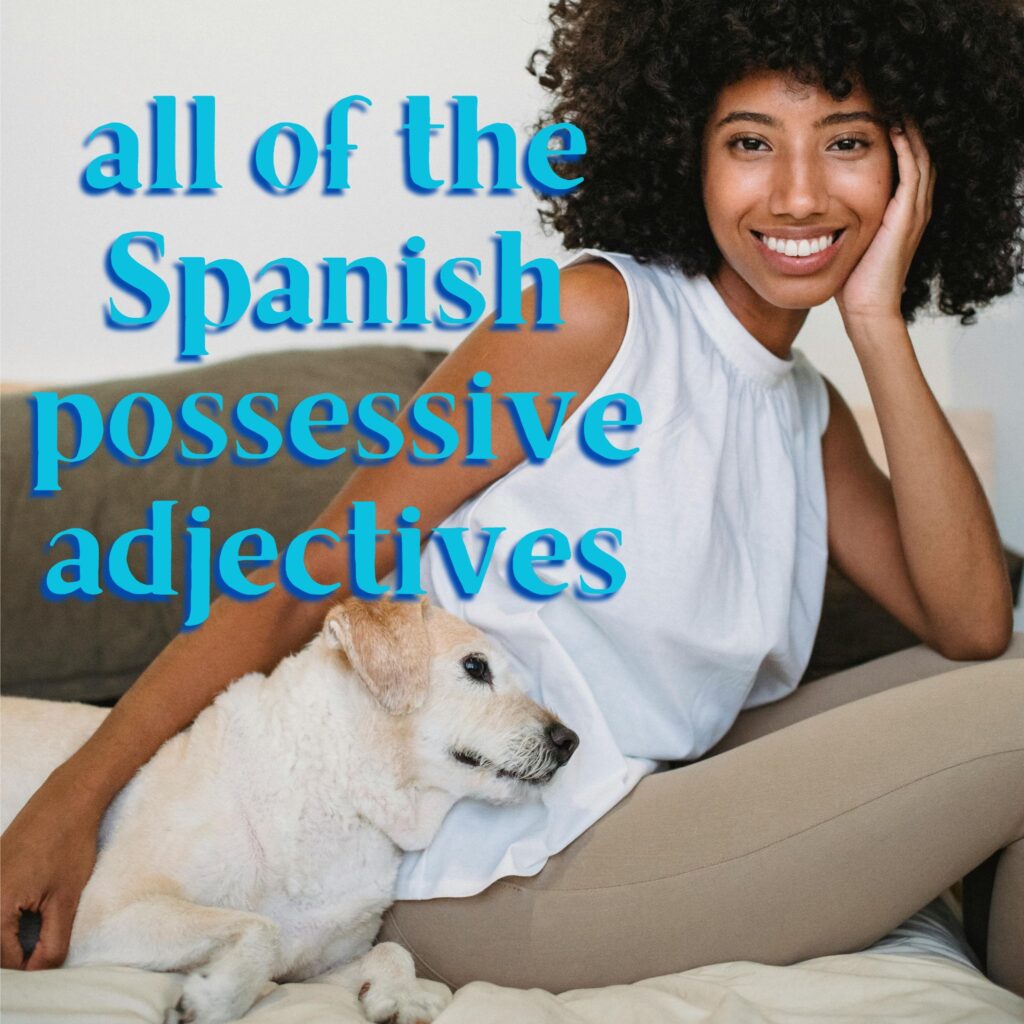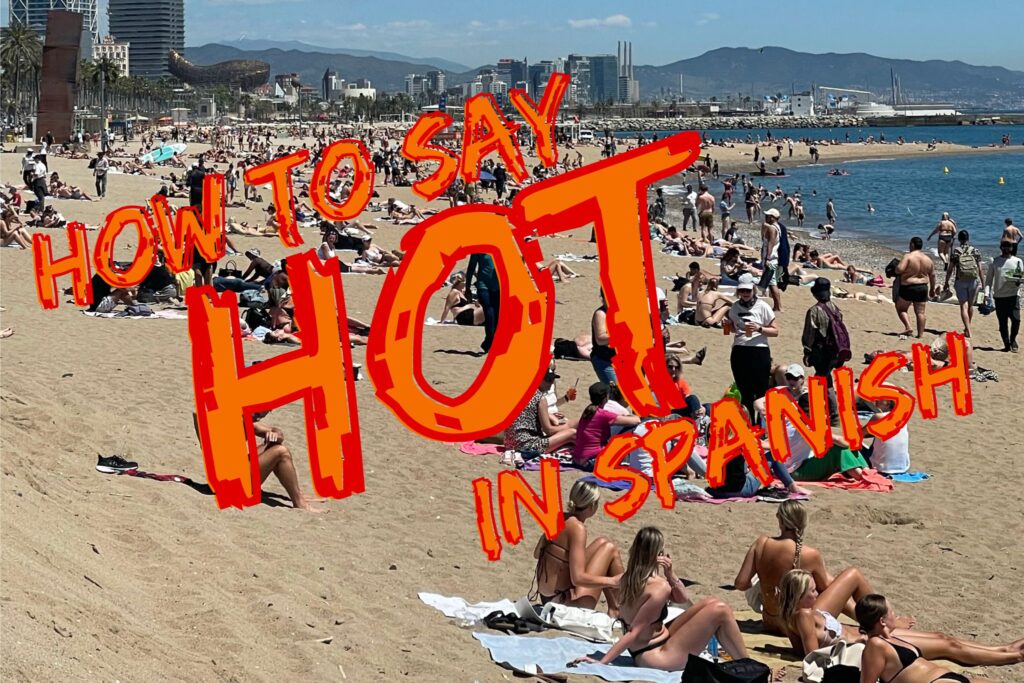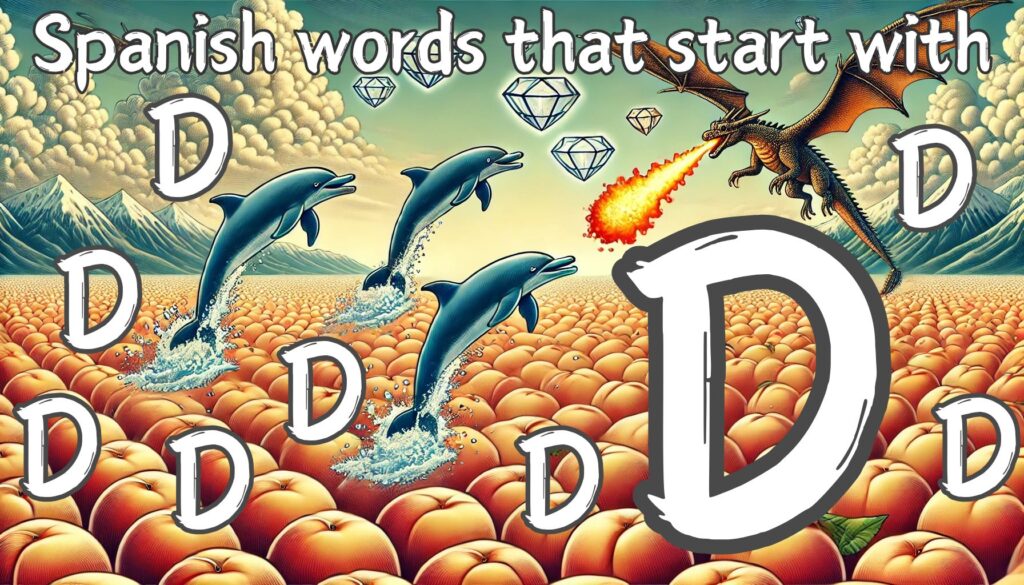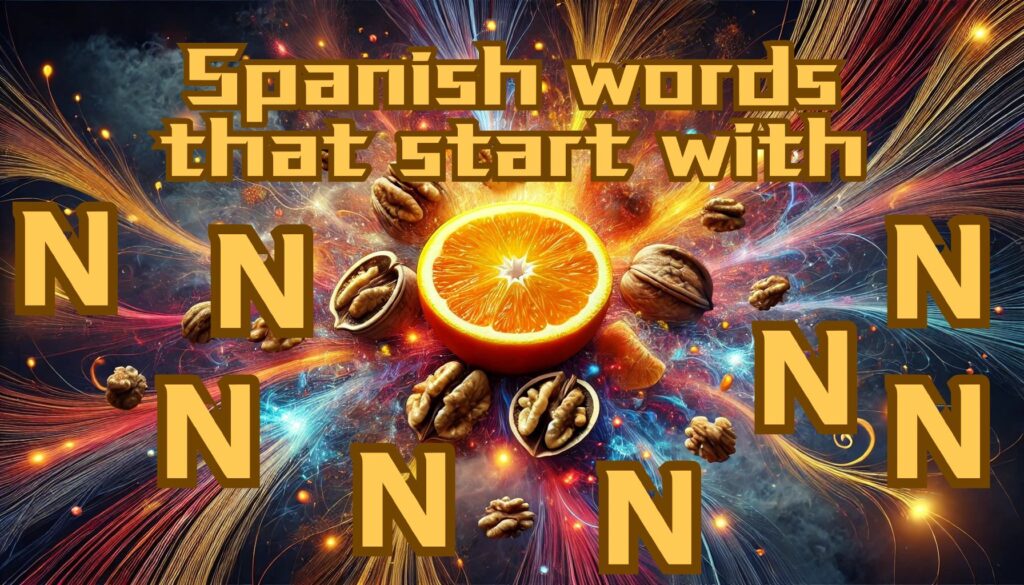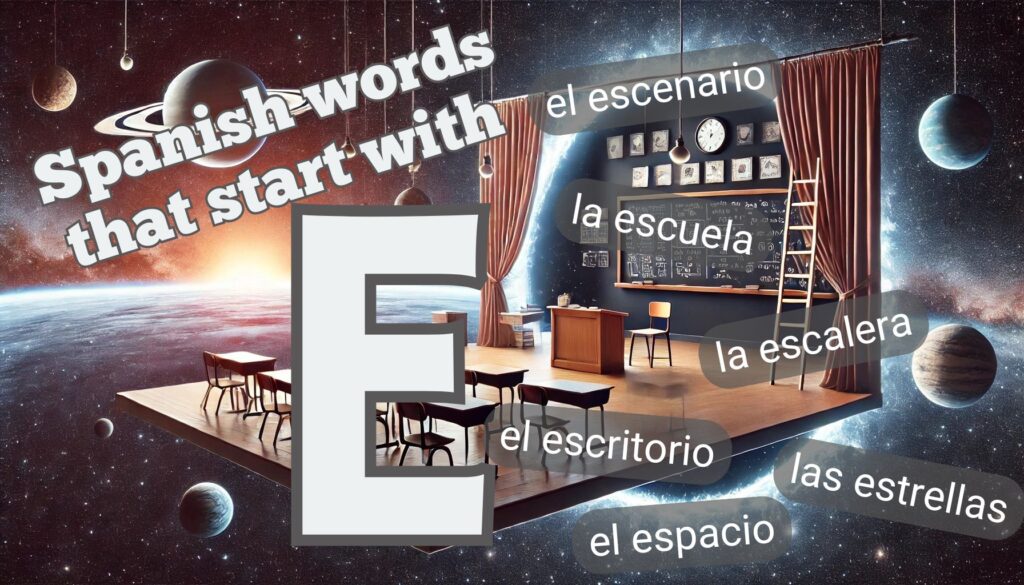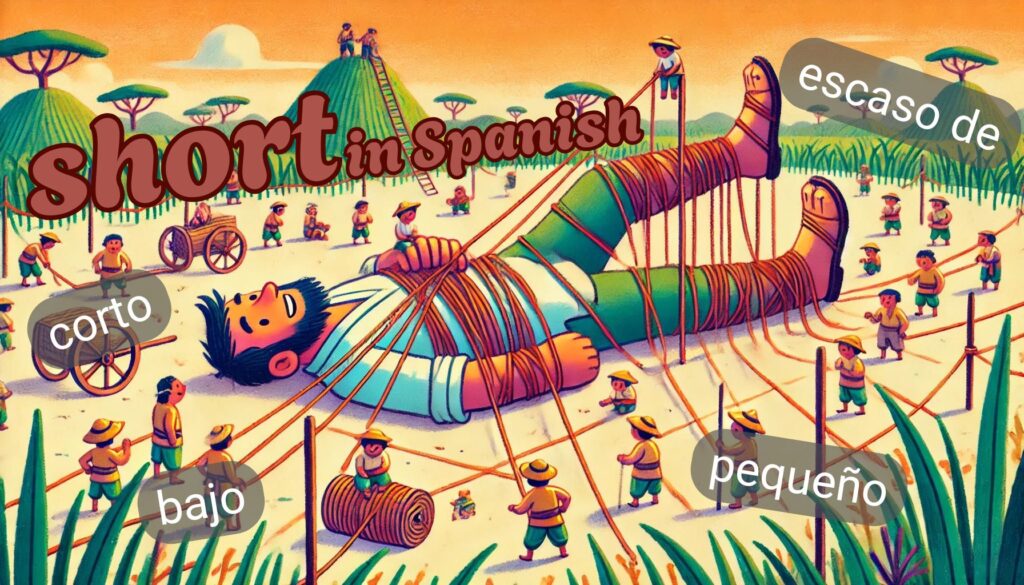app.baselang.com/onboarding
Get our FREE 7-day email course:
SHORTCUT TO CONVERSATIONAL
The exact strategies you need to become conversational in Spanish this year:
Sorry, it looks like there was an error. Please try again.

Top posts
A Guide to the Differences Between the Spanish Verbs Ser and Estar
To be or to be? That is the question. In this post, we explain the difference between the two Spanish verbs for to be:...Keep readingAll the Spanish Verb Tenses, Explained in One Big Post
One key to natural fluency in a new language is the proper use of its verb tenses. While it takes some time to learn...Keep readingHow to Learn Spanish Fast in 2025
I still remember when I decided to learn Spanish, a little over ten years ago. I had failed miserably at every other attempt at...Keep reading
Basic Grammar
See all postsYa in Spanish: A tiny word with a range of meanings
The Spanish word ya is one you’ll hear all the time, so knowing the different meanings and uses of ya in Spanish will make a big...Keep readingImperfect Tense Spanish: Uses and Conjugations
It’s normal for the imperfect tense to cause confusion for anyone learning Spanish. After all, there are several different ways to speak about the...Keep readingCuyo and Cuanto: Understanding Relative Adjectives in Spanish
When learning Spanish, mastering the various parts of speech is essential for building a strong grammatical foundation. The relative adjectives in Spanish are among the...Keep readingTo in Spanish: All the possible translations, use by use
The English word to serves a variety of functions in sentences, from indicating direction to expressing purpose. As such, there’s no single translation of to in Spanish....Keep readingExpressions of courtesy: How to be polite in Spanish
One of the most common challenges for Spanish learners is knowing the right vocabulary and expressions to be polite in Spanish. We are here to help our...Keep readingThe 44 Most Important AR Verbs in Spanish
As you probably know by now, learning Spanish requires you to memorize a lot of verbs. There are over 37,000 Spanish verbs, to be (somewhat)...Keep readingReflexive verbs In Spanish: The only guide you need
Reflexive verbs in Spanish are used all the time, and can take several forms. Mastering them is an important step in becoming a competent...Keep readingSpanish Possessive Pronouns: A Complete Guide
You’re surely familiar with your English possessive pronouns: mine, yours, his, hers, ours, theirs. But do you know the equivalent Spanish possessive pronouns? We’ve...Keep readingAll Spanish Possessive Adjectives: A detailed guide
Are you ready for a full introduction to all the possessive adjectives in Spanish? We’ve already covered the easiest forms in our simple guide...Keep readingHow to Express Possession in Spanish: A Simple Guide
What are the words to express possession in Spanish? That’s my dog. It’s her house. Is that your food? And so on. Luckily, we have a set of...Keep reading
Study Tips
See all postsGet to know the AP Spanish Exam ahead of time
The AP Spanish Language and Culture Exam date is coming up fast, so students across the country are making the most of this home...Keep readingTop Language Study Tips for the AP Spanish Exam
As the AP Spanish Language and Culture Exam date approaches, students across the country are looking for the best ways to prepare. You’ve come...Keep readingHow to Learn Spanish Fast in 2025
I still remember when I decided to learn Spanish, a little over ten years ago. I had failed miserably at every other attempt at...Keep readingRAE Spanish: What is the Royal Spanish Academy?
The Royal Spanish Academy (RAE) plays a crucial role in the Spanish-speaking world, exerting a heavy influence on the language for both native speakers and...Keep readingThe Best Disney Movies in Spanish: A Magical Cinematic Journey
Disney movies have captivated audiences worldwide with their enchanting stories and beloved characters, from princess movies to funny family movies where everything turns out...Keep readingHow to Type Spanish Accents: Keyboard shortcuts and Copy-paste list
Ok, I know what you’re thinking… Instead of a language lesson, this entry is just focused on how to type Spanish accents on Mac...Keep readingHow To Speak Spanish Like A Native: Listen And Mimic
In a separate post, I wrote about grammar, in the sense of things that actually have rules and can be taught. But when it...Keep readingSpanish Listening: How to Understand People When They Talk Fast
If there was a bane of every Spanish-learner’s existence, it would be this or conjugations. Understanding people when they speak fast is not only...Keep readingHow To Get Perfect Spanish Pronunciation
I once ran a poll asking people what their #1 struggle with Spanish was, and a measly 4% said that Spanish pronunciation was their...Keep readingHow To Learn Spanish Grammar: A Simple Strategy
Grammar is likely either your favorite subject when it comes to learning Spanish, or, like most people, it’s… scary. Let’s make one thing clear:...Keep reading
Vocabulary
See all postsSpanish words that start with G: Giant gorillas and glorious galleons
Spanish words that start with G offer a glimpse into various aspects of life, from animals and places to everyday objects and actions. In today’s...Keep readingBy The Way in Spanish: 7 smooth transition phrases
How do you say by the way in Spanish? In English, this is one of those indispensable phrases that allows for smooth transitions in conversation,...Keep readingHot in Spanish: From Calor and Caliente to Sexy and Picante
In Spanish, expressing the concept of hot can vary wildly depending on the context. The most common words for saying hot in Spanish are calor and caliente, but they aren’t used...Keep readingSpanish Cognates: Unlock hundreds of words you already know
One of the fantastic things about learning Spanish as an English speaker is that before you even begin studying the language, there are hundreds...Keep readingSpanish words that start with C: Caballos corriendo con un cielo carmesí
The letter C is one of the most dynamic and versatile letters in the Spanish language. From simple everyday words to technical or poetic expressions,...Keep readingSpanish words that start with D: Delfínes, Dragónes y Diamantes
Exploring the Spanish alphabet can be a delightful journey, especially when coming across specific letters and their unique contributions to vocabulary. Among these letters are Spanish...Keep readingSpanish words that start with N: ¡Nutrimos nuestras neuronas!
Are you curious to learn over 100 useful words that start with the letter N in Spanish? Among the letters of the Spanish alphabet, Spanish...Keep readingSpanish words that start with E: Estos Ejemplos te Encantarán
The letter E is one of the most important and frequently used letters in the Spanish language, forming the backbone of countless words and making...Keep readingShort in Spanish: Bajo vs Pequeño vs Corto vs Escaso de
Simple words can sometimes have very different translations between languages, depending on the context. One such example is the English word short, whose Spanish...Keep readingHangover in Spanish: Slang words for the day after
You know those times when you enjoyed a wild night out, where the drinks kept flowing and you somehow managed to stay up for...Keep readingThis blog is presented by BaseLang: Unlimited Spanish Tutoring for $179 a Month. Learn more here.
Your First Week Is Just $1.
After that, it’s just $179/mo for unlimited one-on-one tutoring.
Remember, the worst case scenario is you get a few free classes, don’t like it, and end up with an extra $20 in the bank.
SIGNUP NOW for $1